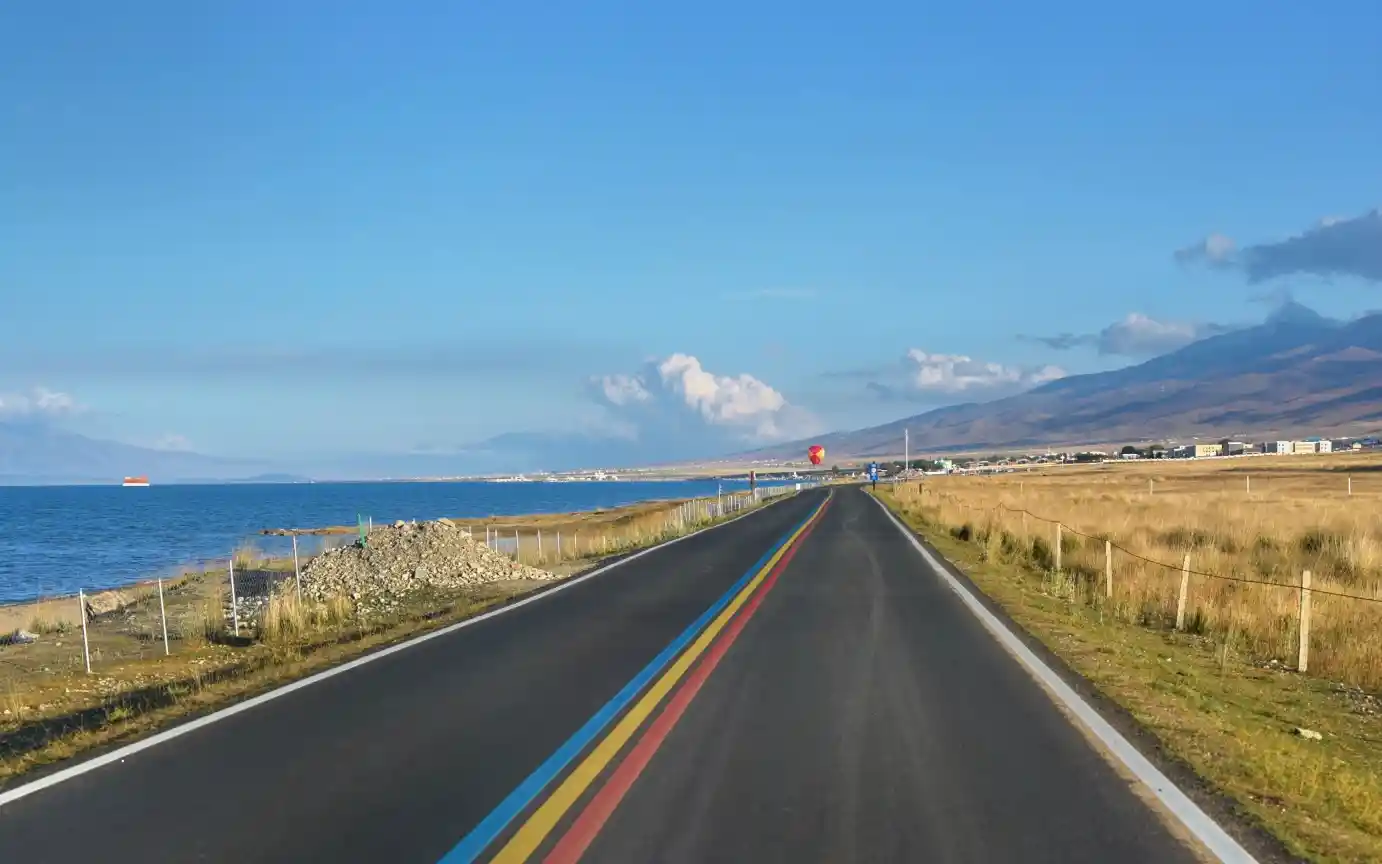
Potala Palace - Tibet's Iconic Landmark
1. Location and Overview 🌍
Location: The Potala Palace (布达拉宫) is located in Lhasa, the capital of the Tibet Autonomous Region in China. It sits atop the Red Hill, commanding a stunning view over the Lhasa Valley.
Overview: The Potala Palace, an iconic symbol of Tibetan Buddhism, served as the winter palace for the Dalai Lama from the 7th century until 1959. It is a UNESCO World Heritage Site and one of the most significant cultural landmarks in China. The palace complex comprises over 1,000 rooms, including living quarters, chapels, tombs, and assembly halls, spanning 13 stories and 400 meters in width.
2. Unique Features 🌟
- Architectural Marvel: Combining Tibetan and Han Chinese architectural styles, the Potala Palace is a stunning example of ancient engineering, built on the rugged terrain of the Red Hill.
- Cultural Treasure: Home to numerous cultural relics, including sculptures, murals, and religious artifacts.
- Historical Significance: The palace has been a central figure in Tibetan governance and religion for centuries, symbolizing the union of political and religious power.
3. Seasonal Variations 🍂🌸
- Spring (March-May): Mild temperatures and blooming flowers make it a pleasant time to visit.
- Summer (June-August): Warm and the peak tourist season, with lush green landscapes but occasional rains.
- Autumn (September-November): Cool and dry, offering clear skies and stunning views of the surrounding mountains.
- Winter (December-February): Cold with fewer tourists, providing a serene experience, but some areas might be inaccessible due to snow.
4. Best Time to Visit ⏰
The best times to visit are during spring (April-May) and autumn (September-October) when the weather is pleasant, and the skies are clear. Avoid the summer months if you want to skip the crowds and potential rain.
5. Travel Tips ✈️
- Altitude Sickness: Lhasa is at a high altitude (3,650 meters/11,975 feet). Allow yourself a day or two to acclimate before visiting the palace.
- Advance Tickets: Purchase tickets in advance, as daily visitor numbers are limited.
- Guided Tours: Consider hiring a guide for a deeper understanding of the historical and cultural context.
- Dress Warmly: Even in summer, mornings and evenings can be chilly, so bring layers.
- Respectful Behavior: As a sacred site, dress modestly and behave respectfully. Photography is restricted in some areas.
6. Cultural Significance 🏯
The Potala Palace (布达拉宫) is a symbol of Tibetan Buddhism and a testament to the spiritual and temporal power of the Dalai Lama. It stands as a beacon of peace, resilience, and religious dedication.
7. Attractions 📸
- The White Palace (白宫): Former living quarters of the Dalai Lama, including the meditation rooms and offices.
- The Red Palace (红宫): Contains chapels, shrines, and stupas holding the remains of past Dalai Lamas.
- The Great West Hall (西大殿): Known for its intricate murals depicting the life of the 5th Dalai Lama.
- The Tomb of the 13th Dalai Lama (十三世达赖喇嘛灵塔): A grand golden stupa encrusted with precious jewels.
- The Golden Roofs (金顶): Offer a panoramic view of Lhasa and the surrounding mountains.
- The Meditation Cave (法王洞): Believed to be the site where King Songtsen Gampo meditated.
8. Nearby Attractions 🏞️
- Jokhang Temple (大昭寺): The most sacred temple in Tibetan Buddhism, located in the heart of Lhasa.
- Norbulingka (罗布林卡): The summer palace of the Dalai Lama, featuring beautiful gardens and palaces.
- Barkhor Street (八廓街): A bustling market street surrounding the Jokhang Temple, ideal for shopping and experiencing local culture.
9. Getting There 🚗
- By Air: Fly to Lhasa Gonggar Airport (LXA), then take a taxi or airport shuttle to the city center (about 1 hour).
- By Train: The Qinghai-Tibet Railway offers scenic routes from major cities like Beijing, Shanghai, and Chengdu, arriving at Lhasa Railway Station.
- By Bus: Regular bus services connect Lhasa with other Tibetan towns and cities.
- By Car: Hire a private car or taxi for more convenience, especially if you plan to explore other parts of Tibet.
10. Practical Information ℹ️
- Ticket Prices: Approximately 200 RMB (around $30 USD) during peak season. Prices may vary.
- Opening Hours: Generally open from 9:30 AM to 4:00 PM. Closed on Mondays.
- Entrance Fee: Tickets are required, and availability is limited, so book in advance.
11. Local Cuisine 🍜
- Tsampa (糌粑): A staple Tibetan food made from roasted barley flour, often mixed with butter tea.
- Tibetan Butter Tea (酥油茶): A unique drink made from tea leaves, yak butter, and salt.
- Tibetan Momo (藏饺): Dumplings filled with meat or vegetables, served with spicy sauce.
- Yak Meat (牦牛肉): A common ingredient in many Tibetan dishes, including stews and stir-fries.
12. Conclusion 🌟
Visiting the Potala Palace offers a profound glimpse into the rich cultural and historical heritage of Tibet. With its architectural splendor, religious significance, and breathtaking views, the Potala Palace is an essential destination for anyone exploring China. This guide ensures that you are well-prepared to make the most of your visit, from understanding the best times to go to knowing what to expect once you arrive. Enjoy your journey to this magnificent symbol of Tibetan Buddhism and Chinese history.




















Comments
Leave a reply